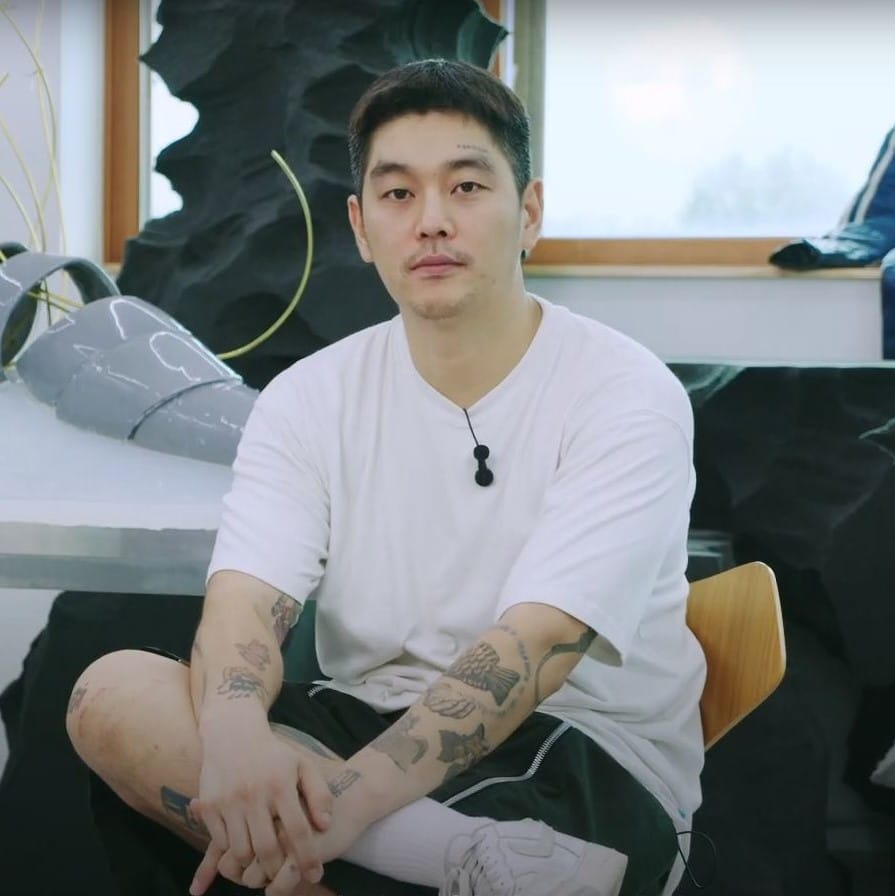Definition of Art Online
Art Online refers to all art-related activities conducted through the internet, including the purchase, sale, exhibition, auction, and provision of information about artworks. It exists in various forms, such as online galleries, online auctions, online art fairs, and digital archives. With the advancement of the internet, Art Online has increased the accessibility of the art market, allowing people worldwide to view and trade artworks from anywhere. This overcomes the limitations of traditional offline art markets, making art more accessible to a broader audience.
History of Art Online
The history of Art Online began with the development of the internet. Initially, websites that simply introduced artworks were predominant, but with advances in internet technology, online auctions, galleries, and art fairs emerged. Especially in the 2000s, various forms of online art platforms were established, and recently, the promotion and trade of art through social media platforms such as Facebook and Instagram have become common. Platforms like Artsy and Paddle8 have brought significant changes to the traditional art market by facilitating global art transactions online.
Categories of Art Online
- Online Gallery: Platforms that exhibit and sell artworks through the internet. Notable examples include Artsy and Saatchi Online. These galleries can showcase artworks to a global audience without the limitations of physical space.
- Online Auction: Platforms that conduct art auctions via the internet. Traditional auction houses like Sotheby’s and Christie’s have adopted online auctions, and dedicated online auction sites like Paddle8 have gained popularity.
- Online Art Fair: Art fairs conducted online, where artworks are exhibited and traded. While large-scale online art fairs are less common, smaller exhibitions and sales through gallery and auction platforms are more prevalent.
- Digital Archive: Platforms that digitize and provide information about artworks. For instance, the Asia Art Archive offers extensive resources on contemporary Asian art, and the Google Art Project allows users to view collections from museums and galleries worldwide online.
- Information Providing Sites: Websites that provide information about contemporary art exhibitions and events. Examples include e-Flux and NY Art Beat, which offer global exhibition information and art-related news.
Roles of Art Online
- Increased Accessibility: Online platforms significantly enhance accessibility to art by allowing people to view and purchase artworks from anywhere in the world. This is particularly beneficial for those who cannot easily visit museums or galleries physically.
- Market Expansion: Online auctions and sales platforms enable more people to buy and trade artworks, significantly expanding the art market and providing more opportunities for emerging artists.
- Information Sharing: Digital archives and information providing sites allow easy access to and sharing of various information related to artworks, providing valuable resources for researchers, curators, and collectors.
- Cultural Exchange Promotion: Online platforms facilitate the exchange of artworks and information globally, promoting cultural exchange and understanding, and contributing to the activation of the international art market.
- Enhanced Transparency: Online auction and sales platforms publicly disclose the transaction process, increasing reliability and enhancing the transparency and fairness of the art market.
- Economic Activation: Online art platforms offer new business models and revenue-generating opportunities, contributing to the economic activation of the art market.
Art Online plays a crucial role in popularizing and increasing the accessibility of contemporary art, expanding the art market, sharing information, and promoting cultural exchange. As it continues to evolve through online galleries, auctions, art fairs, and digital archives, Art Online will occupy an increasingly significant position. It is expected to enable more people to enjoy art, further activate the art market, and spread cultural values.


























